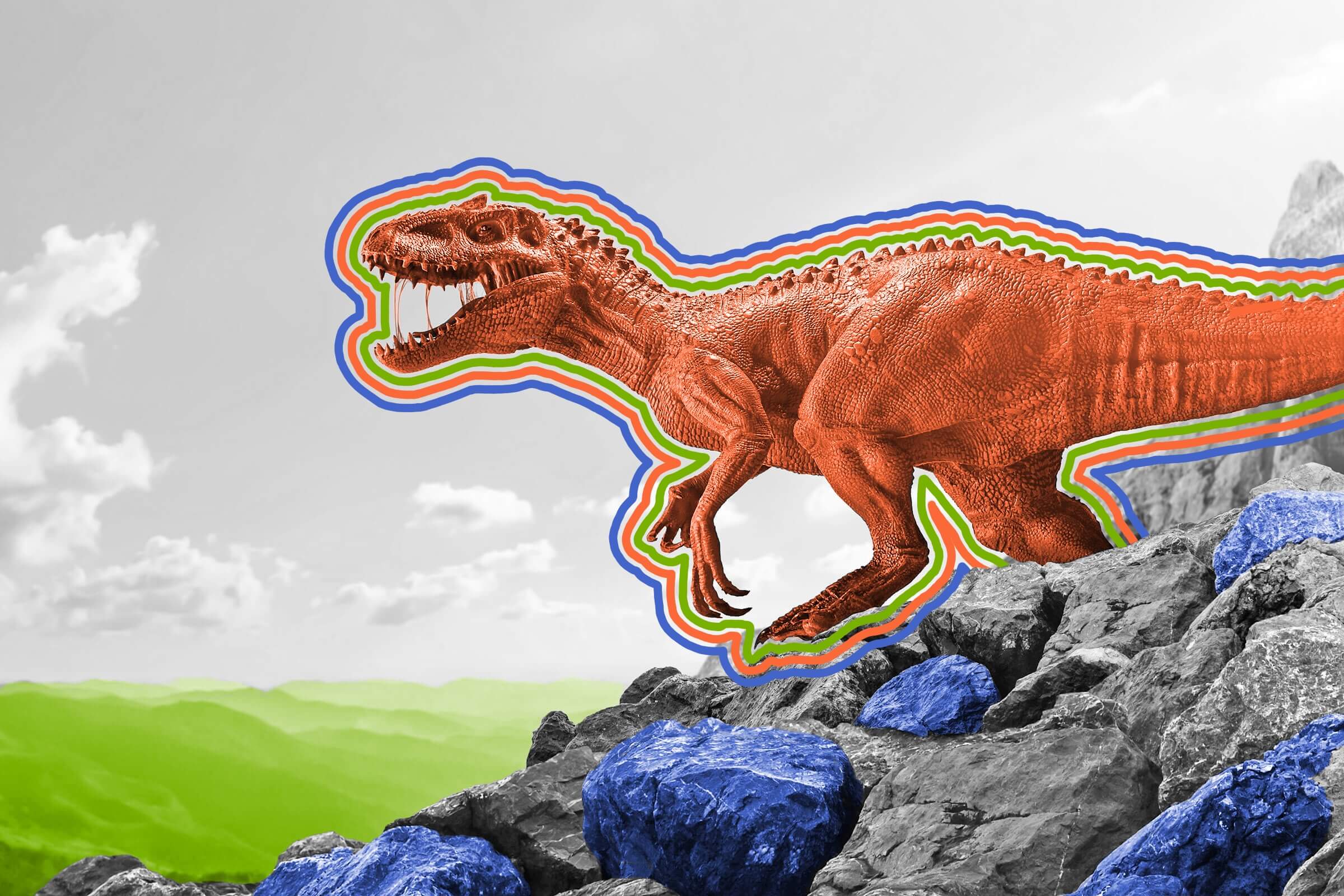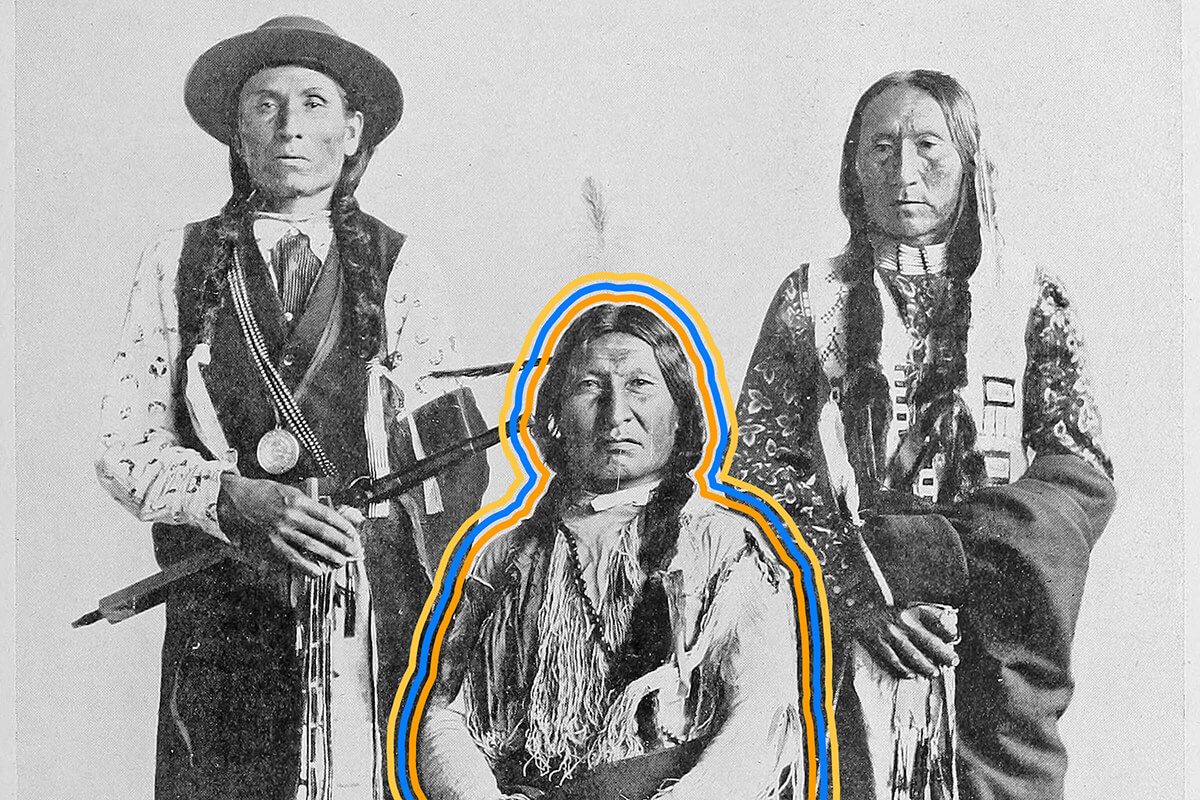
Less time separates humans from Tyrannosaurus rex than separated T. rex from stegosaurus.
Compared to dinosaurs, humans have occupied only a speck on the timeline of Earth’s history. Modern humans appeared on the stage 200,000 years ago (up to 7 million years ago if you include the whole human family), while dinosaurs roamed the globe for about 165 million years. Despite the large span of time stretching across three distinct geologic periods (Triassic, Jurassic, and Cretaceous), many people view the “Age of the Dinosaurs” as a monolithic moment in history when dinosaurs all lived together. In fact, more time separates stegosaurus and Tyrannosaurus rex than separates modern humans from “the King of the Dinosaurs.”
Stegosaurus roamed what’s now modern-day North America during the late Jurassic period, about 155 million to 145 million years ago. Although it didn’t live alongside the ferocious T. rex, its contemporary, the allosaurus, was also a nightmare of powerful teeth. T. rex didn’t arrive on the scene until some 68 million years ago, during the late Cretaceous — a difference of some 80 million years. So while a comfortable 66 million years separate humans from the dinosaur’s dramatic, likely asteroid-induced downfall, the stegosaurus and T. rex lived even farther apart. This startling fact doesn’t even take into account Triassic dinosaurs, such as herrerasaurus and eoraptor, which are twice as chronologically distant from the T. rex as stegosaurus is. Turns out, the “Age of the Dinosaurs” is much more complex than its name suggests.
The word “stegosaurus” is Greek for “roof lizard,” a reference to the giant dino’s most recognizable feature — its series of plates that run nearly the length of its body. In the dino world, these plates are as iconic as a triceratops’s triple horns or a T. rex’s small (but surprisingly strong) arms, but scientists still don’t really know why this icon of the late Jurassic had these plates. Instead, we’re left with several theories that could help explain this fossilized mystery. One idea is the plates were a sexual characteristic, with bigger, pointier plates being considered more attractive. Another theory suggests the plates helped regulate temperature, as they could soak up heat during the day and then dissipate that heat at night. Other scientists argue the plates might have been used to communicate, intimidate, or defend stegosaurus against carnivorous predators. Whatever its purpose, these mysterious plates have made the stegosaurus one of the most recognizable dinos in the world.

